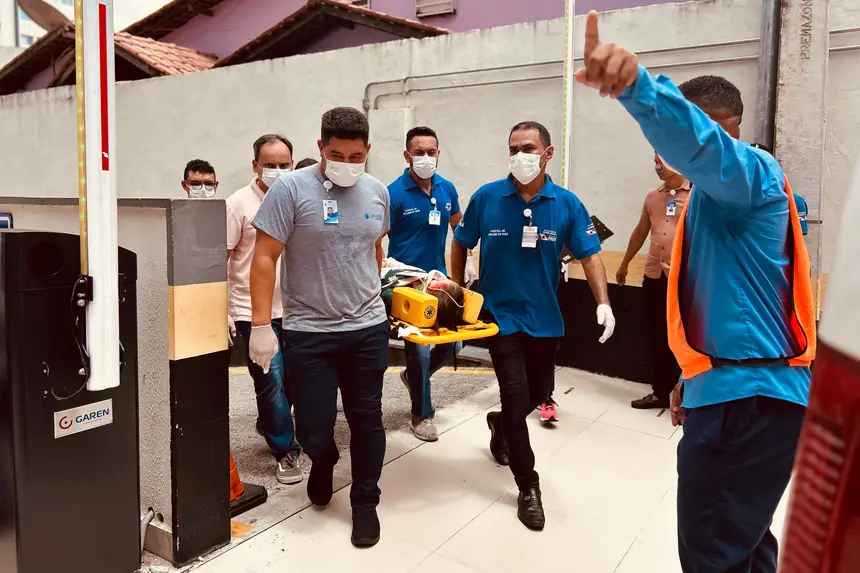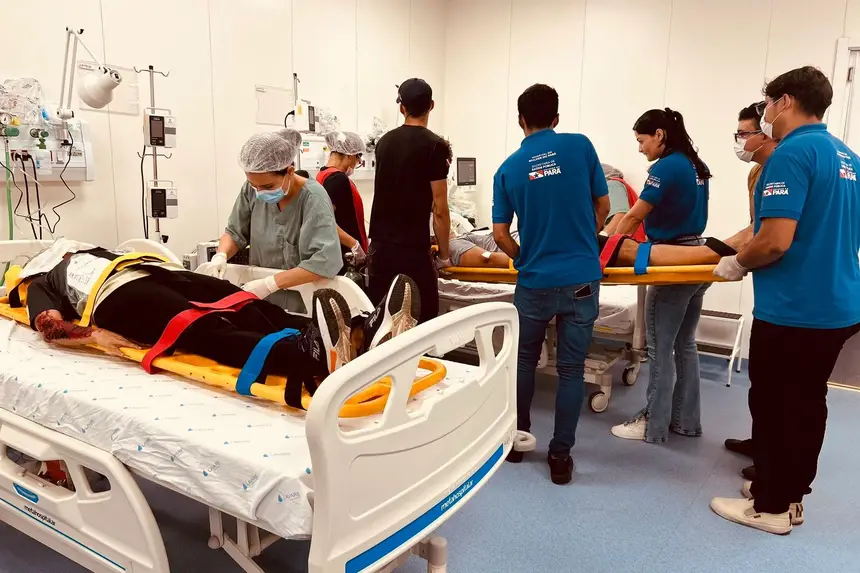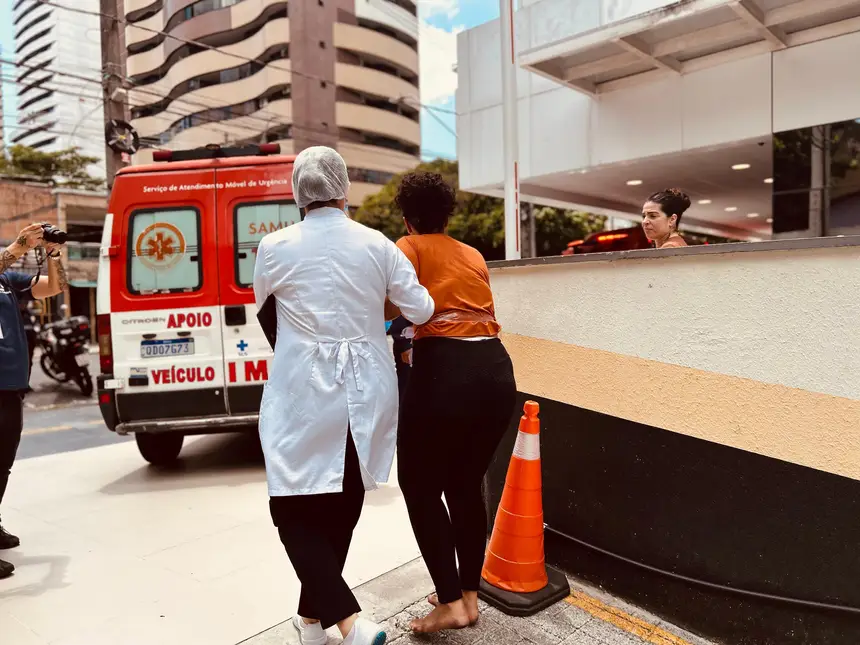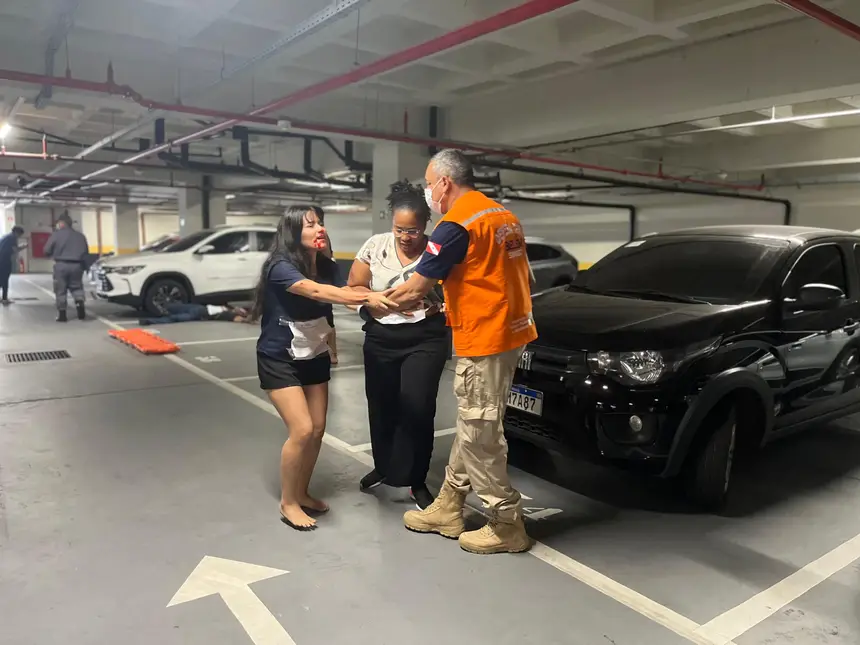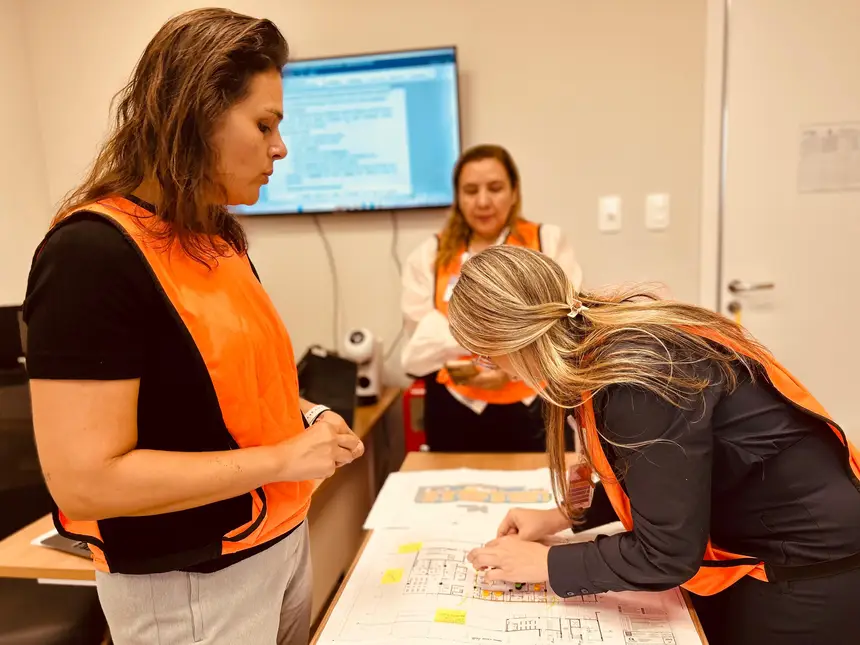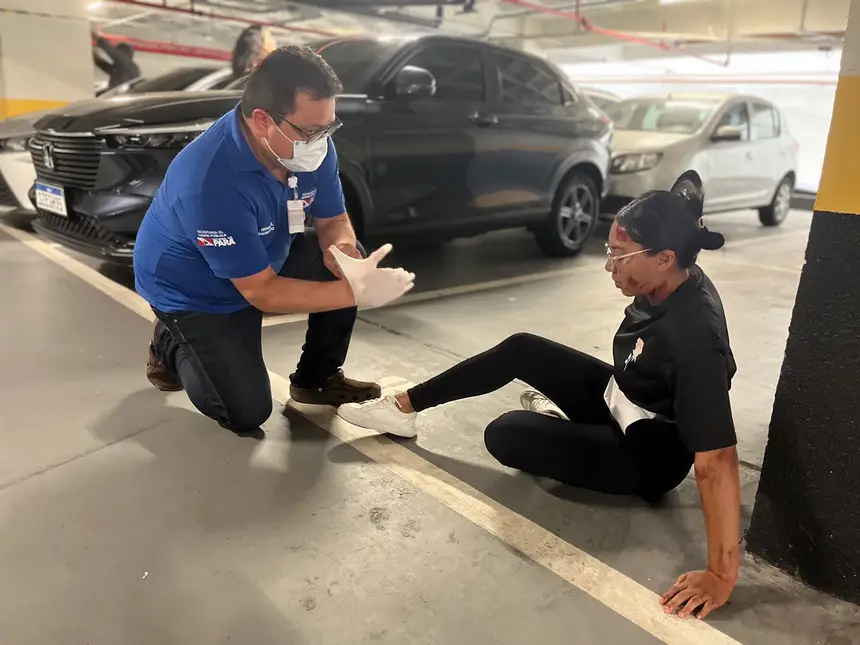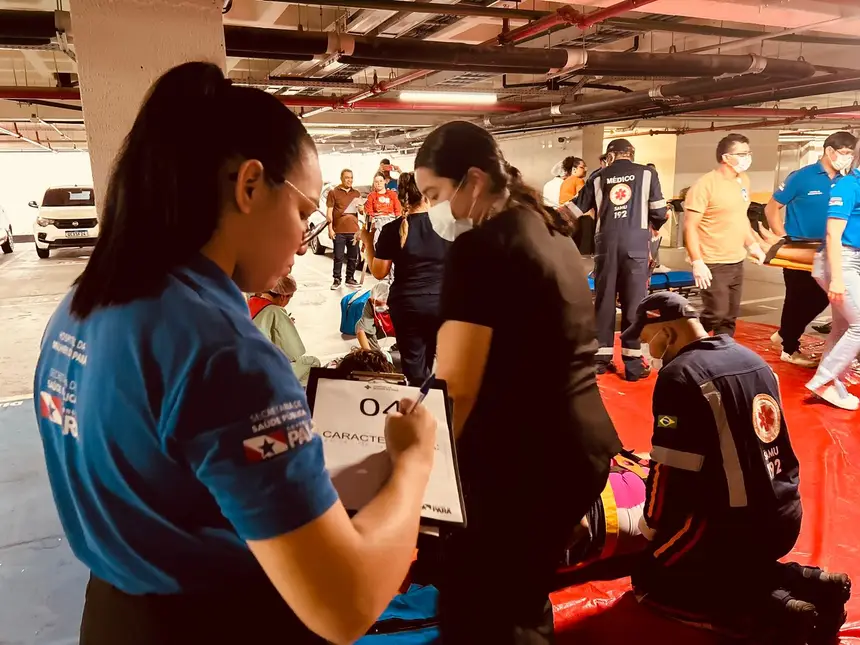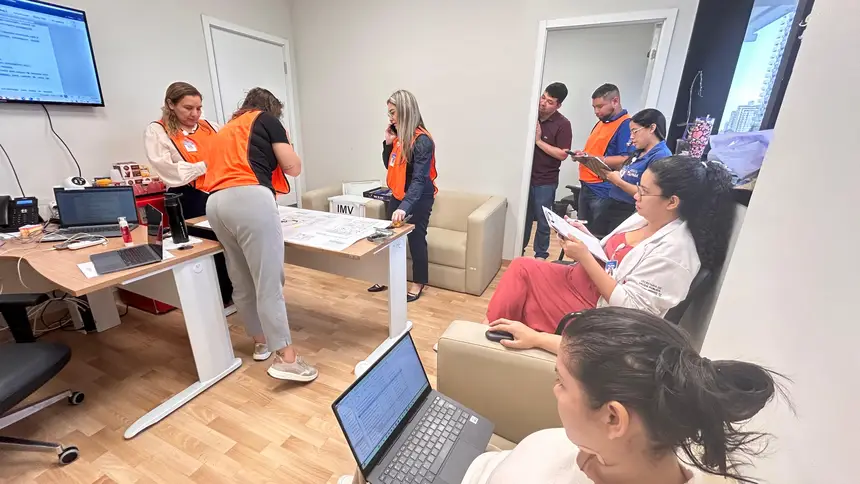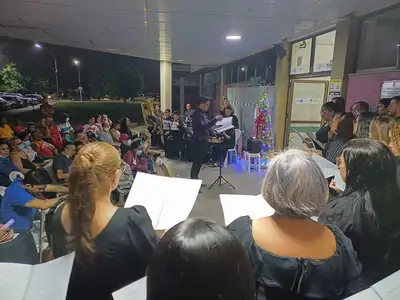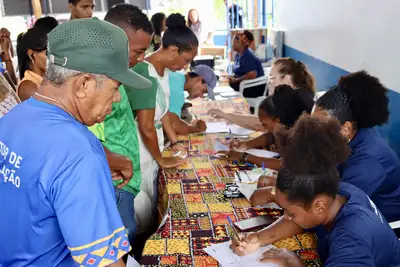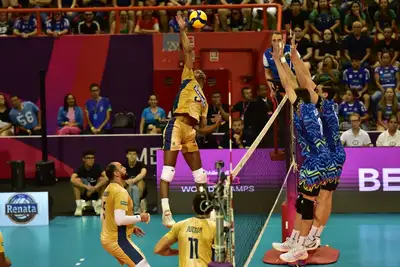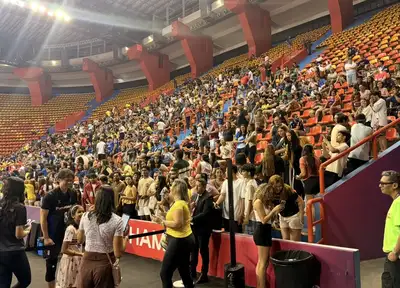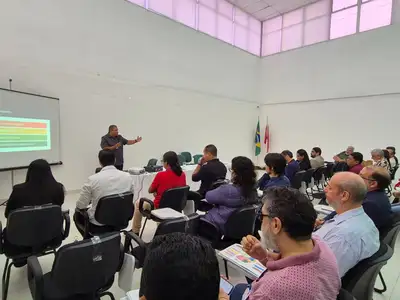Hospital da Mulher do Pará conducts first multiple casualty incident drill
Integrated training simulated an explosion and mobilized assistance, operational, and emergency teams
The Hospital da Mulher do Pará (HMPA), in Belém, held its first Multiple Casualty Incident (MCI) simulation on Tuesday (4). The training is part of the Hospital's Disaster Plan, and this edition simulated an explosion, mobilizing assistance, operational, and management teams.
The initiative aims to strengthen the institution's response capacity in highly complex situations, ensuring agility, integration, and efficiency in care.
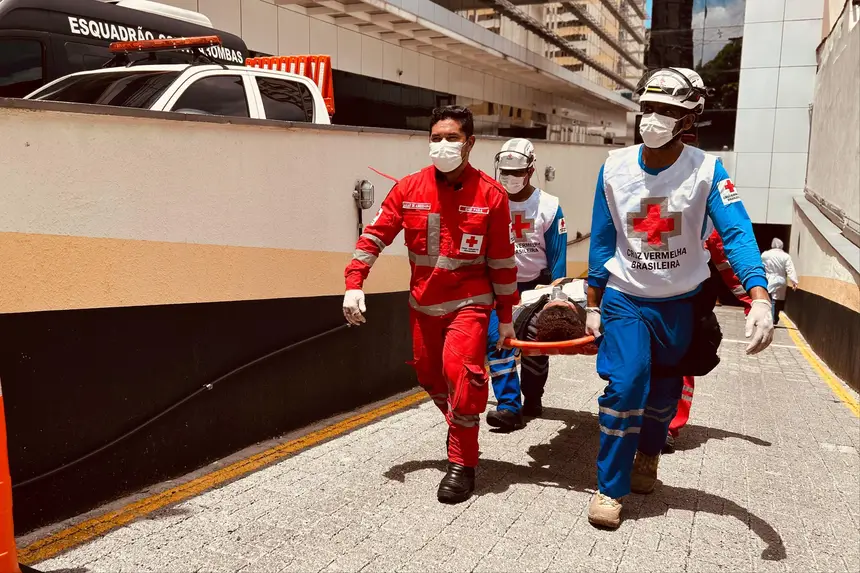
The general director of HMPA, Nelma Machado, explained that the simulation is part of a permanent training agenda for emergencies. “We developed the Annual Training Plan (PAT). In this case, before the practical stage executed today, we identified contingency areas, organized teams, and conducted a tabletop exercise. This step-by-step process culminated in the realistic simulation, with victims classified by severity level. This process strengthens the integration among professionals and enhances our response, without losing the main focus: safety, quality, and care for life,” she emphasized.
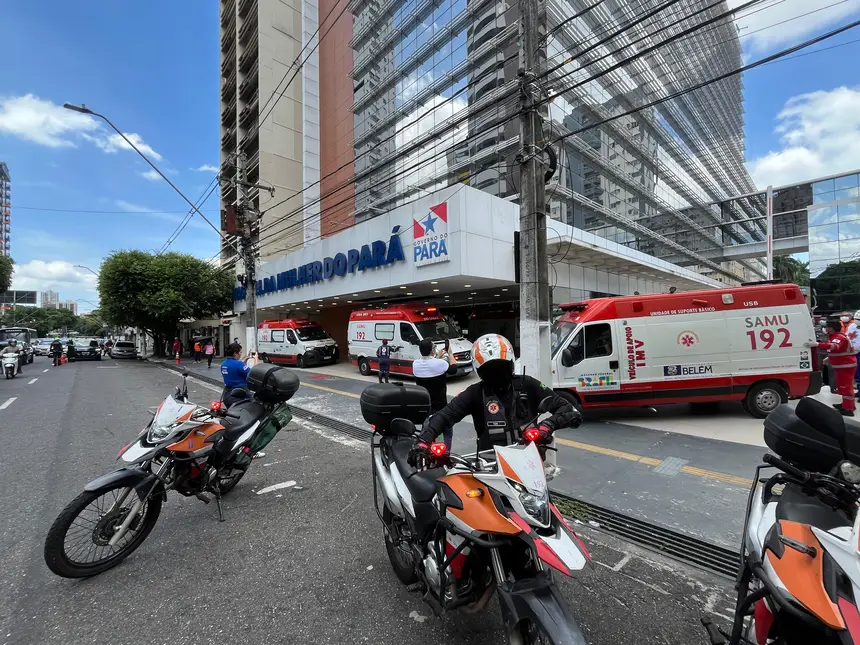
Content - The training involved essential fundamentals for coordinated action in MCIs, such as command and control, regulation, triage, death management, and hospital preparedness. The exercise included professionals from HMPA, health managers, teams from the Mobile Emergency Care Service (Samu), the Special Police Operations Battalion of the Military Police, Civil Defense, Military Fire Brigade, and civilian firefighters, who make up the state emergency response network.
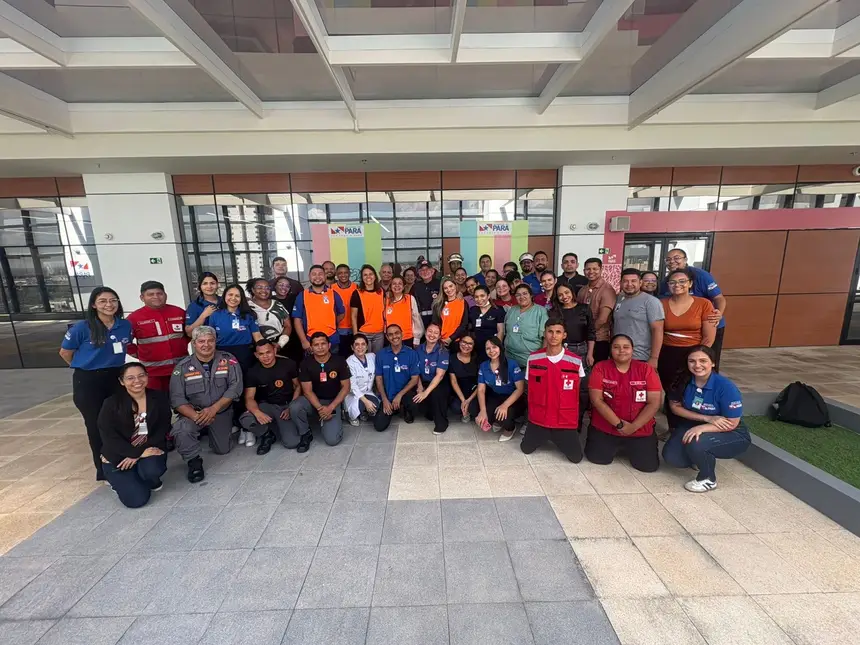
According to the general coordinator of Samu, Guataçara Corrêa, the initiative reinforces the construction of a structured response within the public health system. “This action is part of a training established through a decree from the Ministry of Health. We went much further, creating a rapid response group, with doctors and nurses specialized in MCIs, in addition to medical regulation, consolidating a system. We have scouts and three ambulances because if there are 20 victims, there is support with materials to provide care to as many people as possible. This is a national differentiator, especially during large-scale events,” he informed.


